By Kevin M. Hymel
Airborne divisions were designed as light troops, relying on the shock value of landing to the enemy’s rear, and giving the Allies a third dimension of attack. Airborne troops were armed with light weapons, such as folding stock rifles and light artillery; they had no tanks, and their heaviest vehicles were a few jeeps. Paratroopers ate and fought with whatever they could carry, relying on cargo planes or a breakthrough by ground forces for resupply.
Airborne soldiers were supposed to fight for a maximum of three days before being relieved, but the necessities of war quickly changed that. In Normandy the 101st and 82nd Airborne Divisions fought for a month before being relieved. In Holland they fought for over three months, from September 17-November 25, guarding Hell’s Highway to Arnhem, and defending the Island.
Once on the Ground, Paratroopers Worked as Ground Troops
Despite their reputation as shock troops, they were often quite stationary. It is true that they could cover hundreds of miles while flying to their drop zones across North Africa, Sicily, France, Holland, and Germany, but once on the ground, paratroopers had to count on their feet for movement.
Leaders like Winters made up for the stationary nature of airborne troops with aggressive tactics. Unlike a regular ground soldier who might be tempted to rely on heavy artillery or tanks to precede maneuver, Winters relied on shock and speed to overwhelm the enemy. Although outnumbered two-to-one at the dike, his men crashed into the Germans’ flank and poured on the fire. It wasn’t until the main threat was neutralized that he called in artillery to stop the remaining Germans from retreating.
It was that aggressive nature and the ability to fight long past the three-day doctrine limit that would serve Winters and his men well when the Germans launched the Ardennes Offensive and surrounded the 101st at a little, nondescript town called Bastogne.
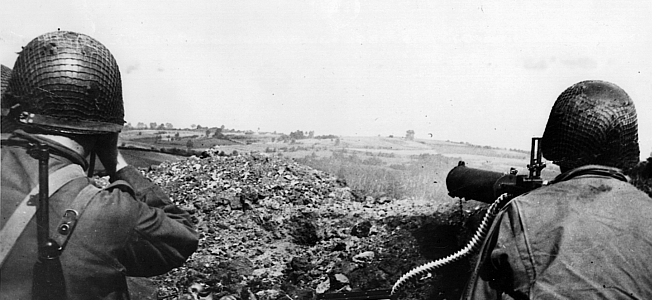

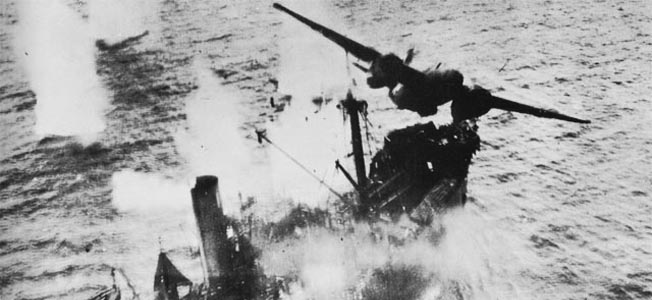
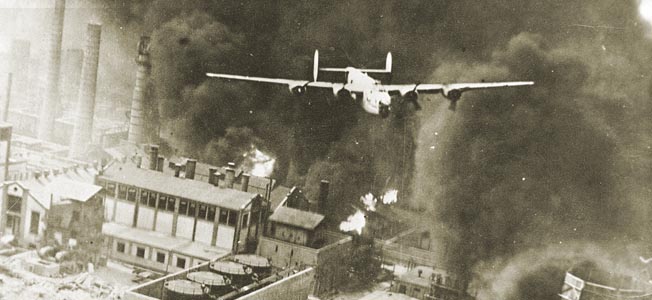
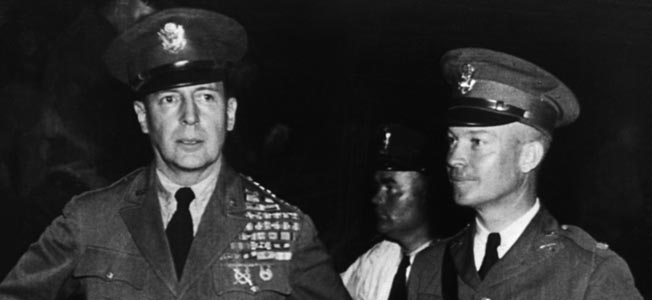
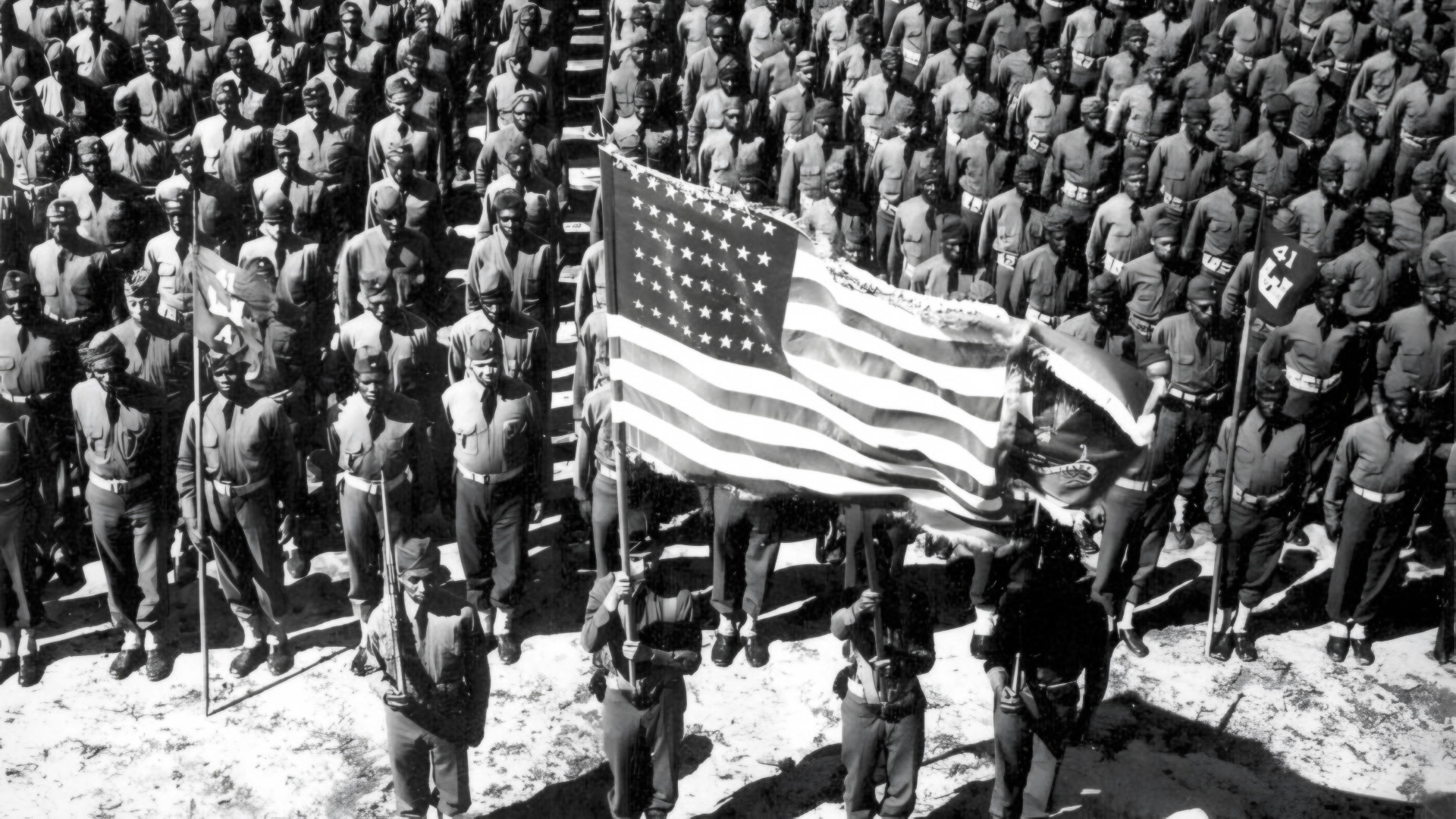
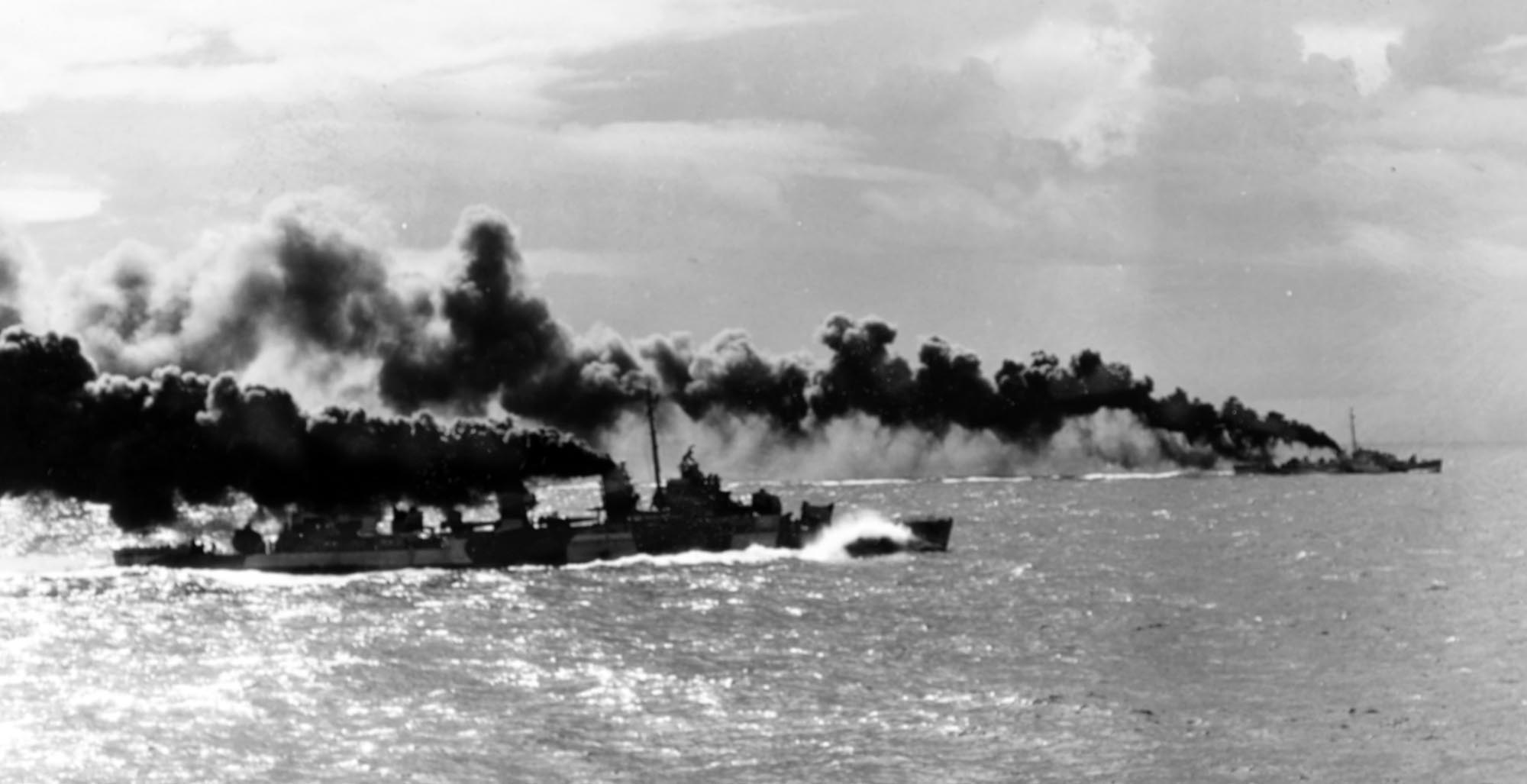
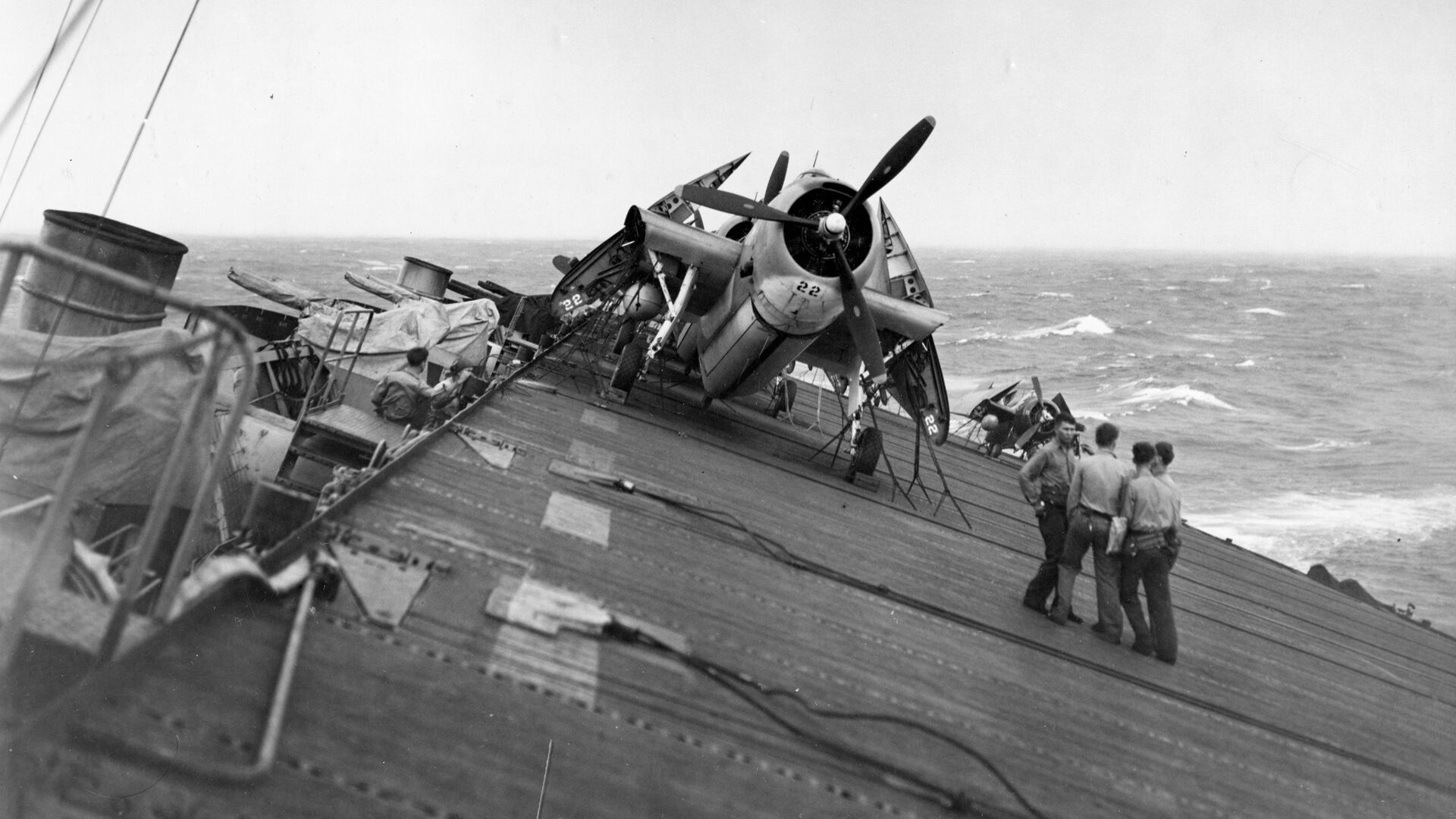
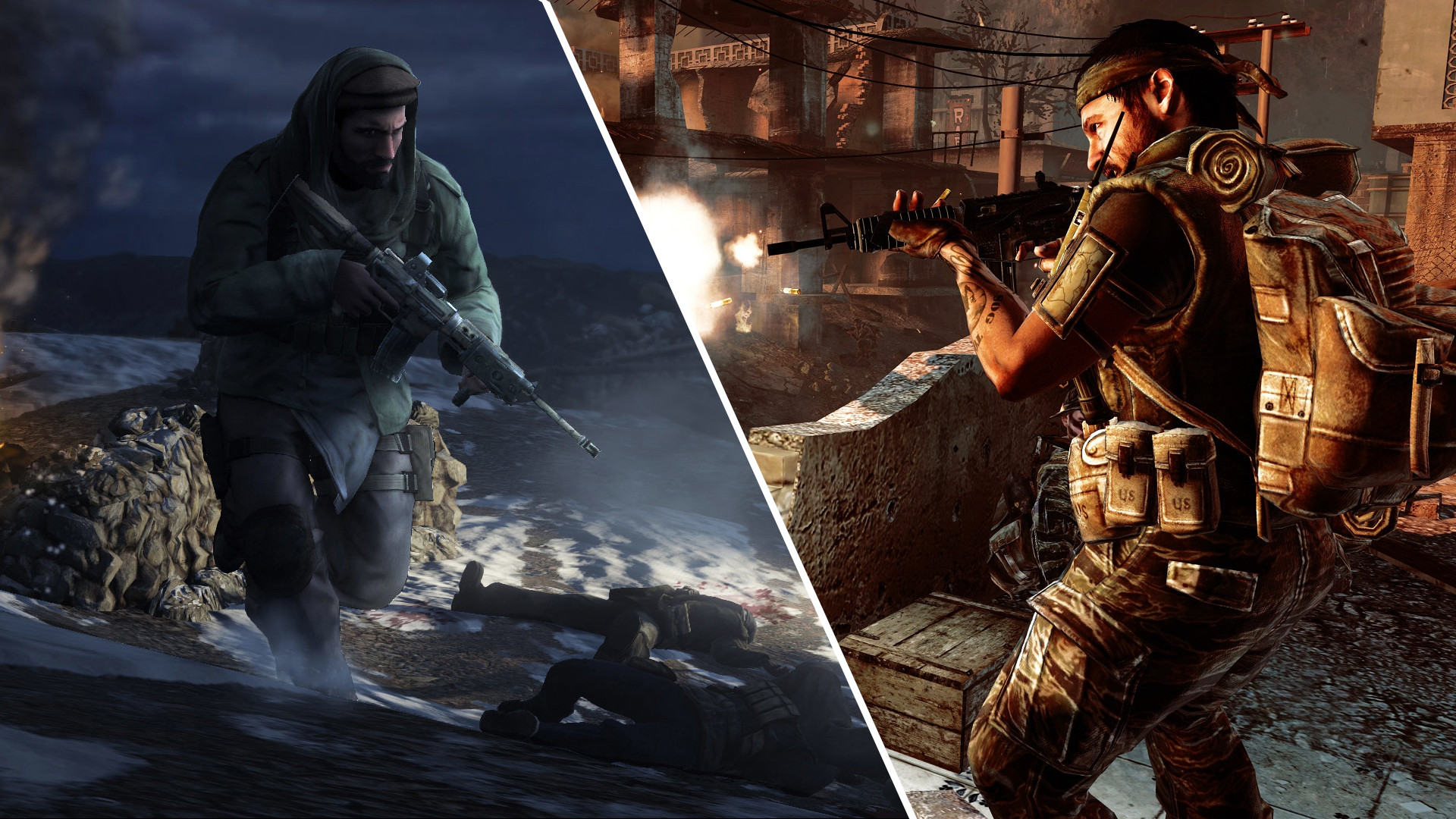
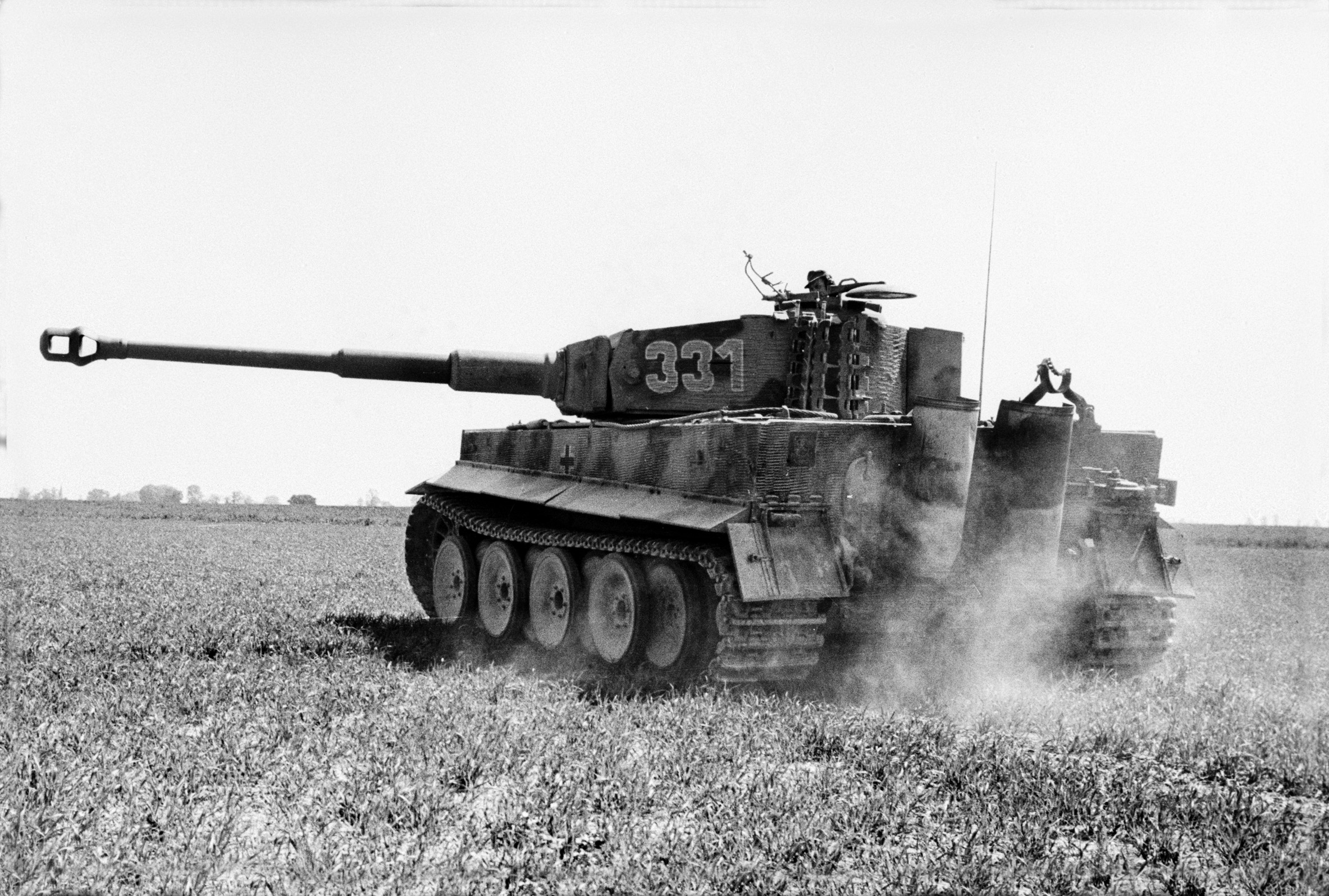
Join The Conversation
Comments
View All Comments